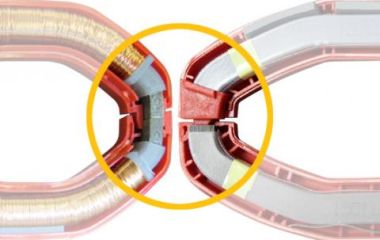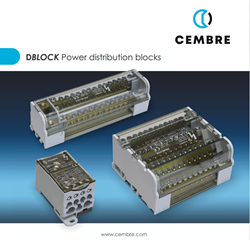What is a Hall effect clamp meter
The Hall effect clamp meter can measure AC and DC current up to 1 kHz (1000 Hz). Like the current transformer clamp meter, the Hall effect clamp meter uses rigid iron grips to concentrate the magnetic field around the conductor being measured.
Unlike clamp meters with a current transformer, the clamps are not wrapped with copper wires. Instead, the magnetic field generated by the conductor is focused on one or more gaps in the core after the grips are closed around the conductor. Pay attention to the point where the tips of the Hall Effect Clamp Meters touch.
A gap exists where the tips of the grippers of a Hall effect clamp meter touch, creating an air cavity that the magnetic field (also referred to as magnetic flux) must overcome. This gap limits the magnetic flux so that the core cannot saturate.
In turn, the grips of current transformer clamp meters that measure only alternating current are at the same level when they are closed. When the grips are open, the bare metal surfaces of the core are visible at their tips.
This gap, covered with a thin plastic patch, contains a semiconductor known as a Hall sensor, a transducer that changes the output voltage when subjected to magnetic fields, in this case the magnetic field of the conductor or wire being measured. Its task is to directly measure the magnetic flux. The output voltage from the sensor is then amplified and scaled to represent the current flowing through the conductor that is between the jaws of the clamp.
How Hall effect clamp meters work
As current flows through the conductor being measured, the iron core formed by the Hall effect grips of the clamp meter allows the magnetic field to easily pass through it—easier, in fact, than air.
When a magnetic field (flux) enters this small air gap between the tips of the grippers, the field must jump over this gap. Since the gap is small, the field remains concentrated at the gap, and the Hall sensor - which is in the gap - produces a voltage proportional to the magnetic flux in the gap, which the clamp converts into a current reading.
In Hall effect devices, DC magnetic fields also concentrate through the core, like a permanent magnet that sticks to iron. Due to the d.c. magnetic field of the earth, as well as other magnetic fields in the vicinity of the measurement, it is necessary to "zero" the readings on these clamps before taking measurements to avoid bias.






